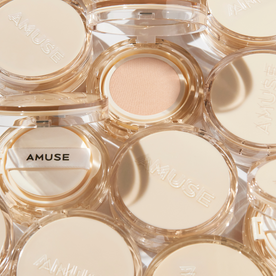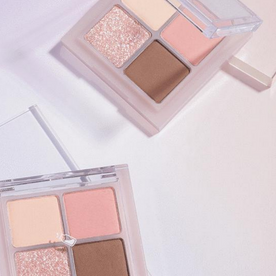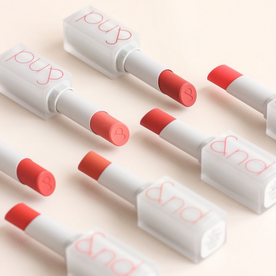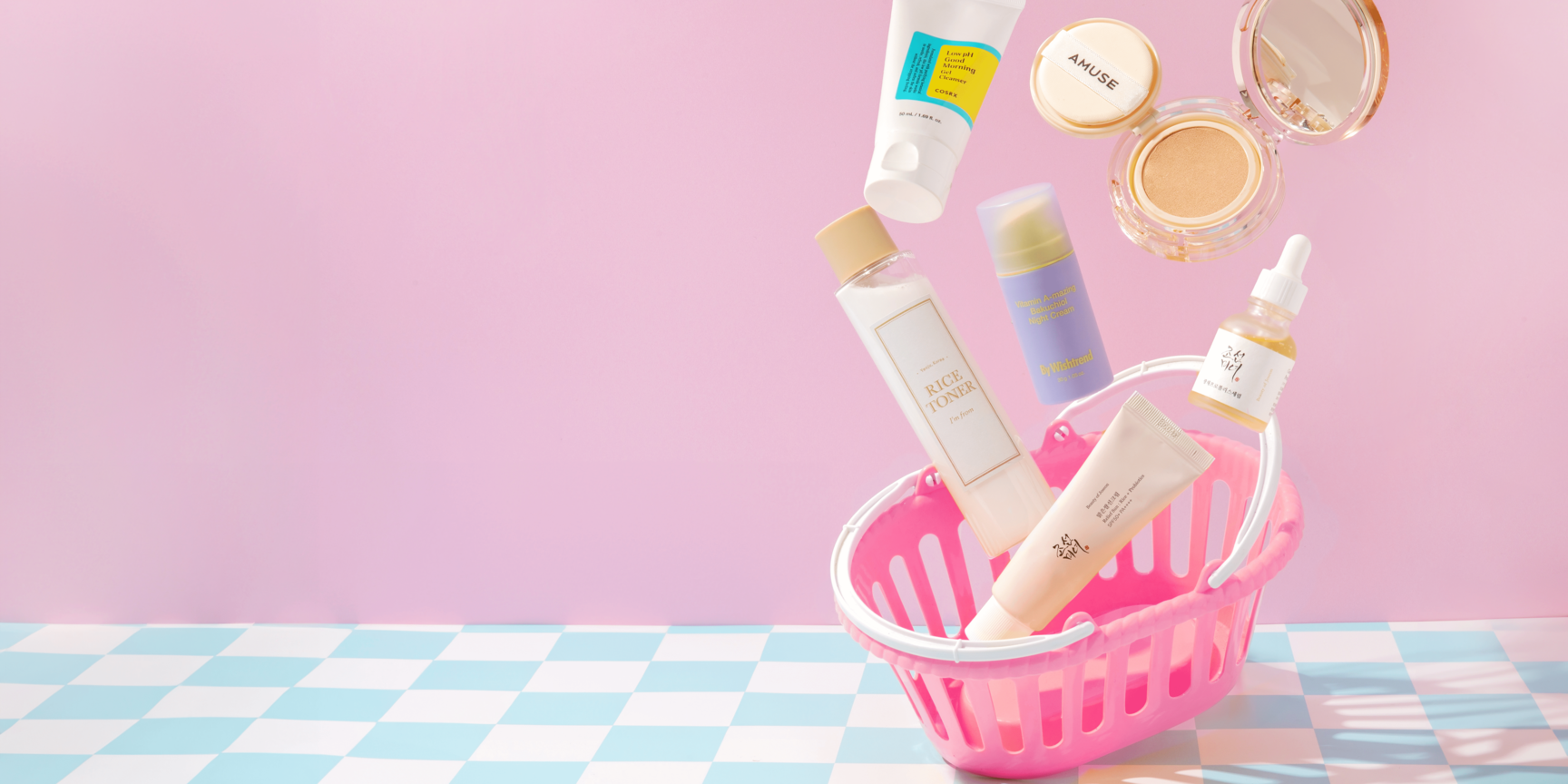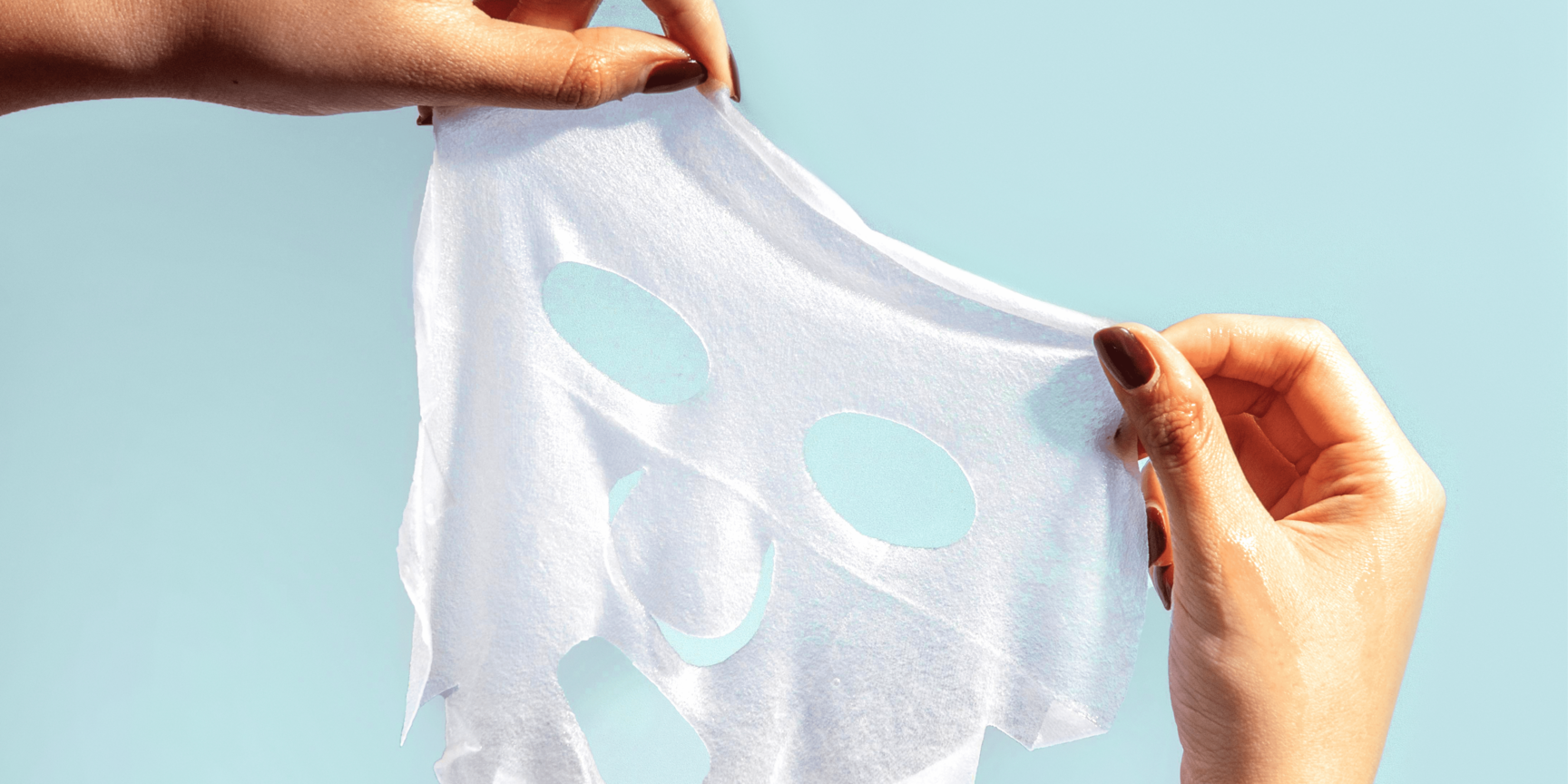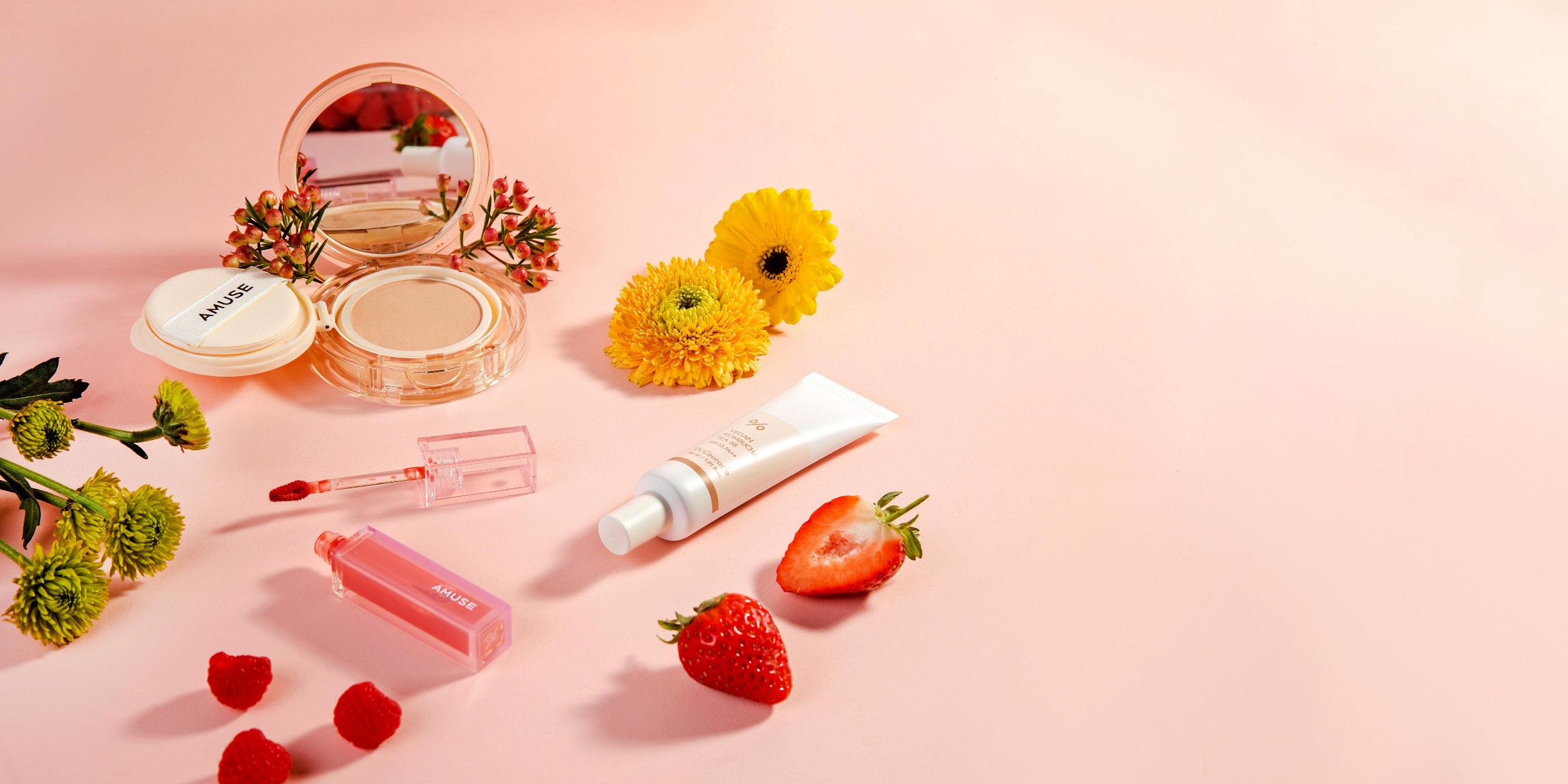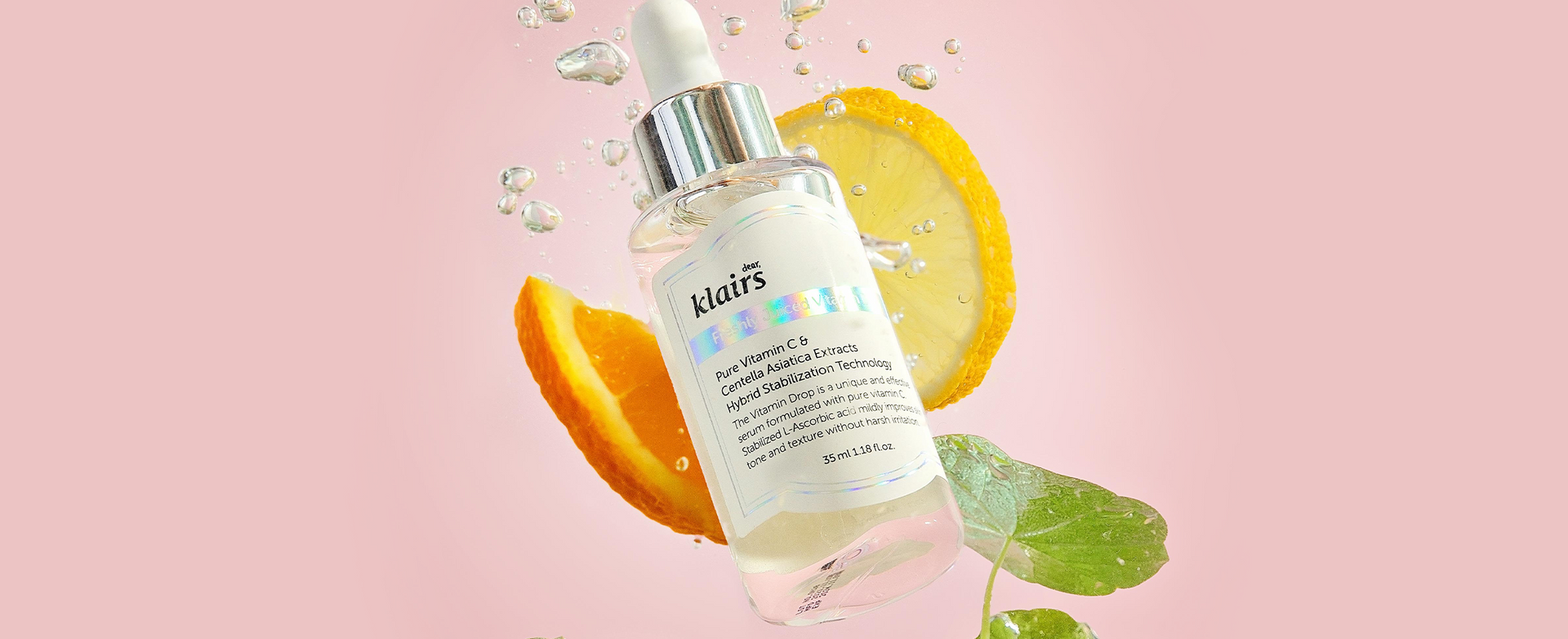Treat 6 Most Common Skin Concerns
Goals are a good thing to have, even in skincare. Setting a skin goal is an excellent way to focus your efforts, avoid buying too many products, and track real progress. It also helps if you feel overwhelmed by the vast amounts of online advice and information.
So let’s break down some common skin goals in an easy, digestible way. Find your goal, and see what treatments and ingredients you can use to help you achieve it. You’ll find Most of these treatments in the products you use after your toner and before moisturizing, like serums or ampoules.
- Fade Acne Scars
Breakouts are already hard to deal with, but the long-term nature of acne scarring can be disheartening. The more swelling, inflammation, and infection a blemish causes, the more likely you’ll end up with scarring. These can be raised (if there is excess skin when it heals) or indented. The challenge with these scars is they can reach pretty deep into the layers of skin, making them difficult to remove.
Treatment
Retinoid products are one of the most effective ways to treat issues below the surface of the skin, which is true of acne scarring. Retinoids fight acne, increase collagen production and improve skin texture. Acid exfoliants like glycolic, lactic, and mandelic acid smooth bumps and encourage healthy skin to come to the surface.
To reduce the visibility of existing acne scars, see our curation of the most effective products.
Pro Tip
Try using pimple patches to reduce the damage to your skin when you have blemishes. They create a clean, healing environment that reduces inflammation and prevents bacteria from getting in.
- Reduce Hyperpigmentation
Spots or patches of discoloration on the skin can be called “age spots,” “sun spots,” or “liver spots,” but they are all the same thing: hyperpigmentation. This skin issue occurs when your skin produces an excess of melanin, which causes a patch of pigment. The most common causes are hormonal changes, injury (cuts, burns, or acne), and sun damage, with UV rays causing the lion’s share. Sun exposure also darkens existing pigmentation.
Treatment
Your number one “treatment” against hyperpigmentation is prevention, which means daily SPF. For existing spots, interrupting melanin production is the way to go. Vitamin C does this, as well as protecting the skin from future UV damage, so it’s a go-to treatment when dealing with hyperpigmentation. Retinol also reduces melanin production and speeds up skin turnover. AHAs (ex: lactic and citric acids) are like mini chemical peels, removing the discolored upper layers of skin. Other brightening ingredients include niacinamide, kojic acid, ferulic acid, licorice, and arbutin.
Get that even complexion you’ve always wanted with the best K-beauty products for treating hyperpigmentation.
Pro Tip
Be strategic when you use products to treat hyperpigmentation. Using vitamin C in the morning makes sense because it also protects your skin from damage while you’re out. Use your retinol serum or acids at night when you don’t have to worry about photosensitivity.
- Treat Pores and Blackheads
Pores are good things. They ensure your skin functions as it should, moving oils so your skin doesn’t dry out. The “normal” size of your pores is genetic. What we don’t like are enlarged pores or blackheads, both essentially pores clogged with oil and dead skin cells. These clogs can stretch pores, making them appear more prominent. If the oil oxidizes in the air, it turns dark, becoming a blackhead.
Treatment
If you aren’t already double-cleansing, this is your sign to start. Unlike water-based cleansers, oil cleansers are better at removing oils and makeup from pores. Buff off dead cells with an oil cleanser that also contains acid exfoliants. Salicylic acid is the gold standard ingredient for treating acne. It can get in your pores, dissolve clogs, and regulate oil production. Acids also break down dead cells without scrubbing acne-damaged skin. Lastly, try a clay mask: it absorbs extra oil and purifies pores.
Tackle clogged pores and blackheads with our top pore clearing products.
Pro Tip
Extraction tools are widely available now, but it’s best not to do any squeezing or extracting yourself. You could end up pushing oils and bacteria deeper into the skin, causing scarring or an infection.
- Replenish Dehydrated Skin
Before we go further, dehydrated skin is not dry skin. Dry skin is a skin type where the skin lacks oils. Dehydrated skin can occur with any skin type and results from a lack of water. This condition can be caused by over-exfoliation or skin barrier damage by harsh products. All this gives the skin a wrinkly look, and your skin doesn’t bounce back if you pinch it. Aging skin also has more difficulty retaining water.
Treatments
First, make sure you drink enough water. If your whole body lacks hydration, it will show in your skin. In your daily ritual, focus more on hydrating products like toners and essences: this is the time to try the 7 Skin method ! For skincare ingredients, start with something that holds water, like hyaluronic acid - you’ll find it in pretty much any hydrating product. Using probiotics like kombucha or other fermented botanicals is also an excellent way to maintain a healthy skin microbiome, especially if it has been decimated by harsh ingredients or scrubbing.
Replenish dehydrated skin with our favorite moisture-rich products listed here.
Pro Tip
After washing or showering, don’t completely dry your skin before applying a moisturizer. By leaving it slightly damp, you’re leaving some water for your product to “hold” in your skin.
- Smooth Fine Lines and Wrinkles
Fine lines and wrinkles are naturally occurring as you age. Small creases form in areas that see a lot of repetitive movements. A combination of factors causes lines and wrinkles. As we age, we produce less collagen and elastin, which makes skin looser. Loss of fat and moisture also makes the skin look less “plump.” UV rays and free radicals from pollutants speed the process up by breaking down existing collagen. There’s also a genetic component involved: some people show fewer signs of aging than others.
Treatment
Sunscreen all day, every day, helps protect the collagen you’ve got. Antioxidants also prevent environmental damage, and vitamin C is one of the most effective. Besides neutralizing free radicals and improving collagen production, it has protective qualities to help with future exposure. Retinol treats deeper wrinkles and is a staple in anti-aging serums. Bakuchiol has a similar effect; many feel it causes less irritation than Retinol. Other ingredients that support skin structure, like peptides and EGF (epidermal growth factor), are easy to find in anti-aging treatments and moisturizers. Lastly, consider a more potent moisturizer. Skin that retains water looks plumper, which reduces the visibility of wrinkles.
Get smoother, firmer-looking skin with our curation of anti-aging heroes.
Pro Tip
Choose a sunscreen with a PA rating. SPF ratings only show you how much UVB protection you’re getting. A PA rating allows you to be sure that you’re getting adequate UVA protection.
- Soothe Sensitive Skin
Sensitive skin can be incredibly fickle. Triggers can vary, from allergies, stress, and variations in temperature, to “ingredients your skin doesn’t like.” Your skin is reactive beyond the norm, and you may suffer from conditions like eczema or rosacea. People with dry skin are more likely to have sensitive skin because it’s already prone to cracking and peeling.
It’s important to note that any skin type can get sensitized (as opposed to being chronically sensitive). Sensitized skin is often the result of using harsh products or over-exfoliation. If your skin is suddenly red, irritated, breaking out, or very dry, let your skin rest by avoiding exfoliating products and using barrier-boosting ingredients.
Treatments
To prevent irritation, you need to avoid triggers. Unfortunately, it isn’t always possible to pinpoint the exact element that’s causing a reaction. Protective, skin-soothing ingredients that strengthen the moisture barrier are your best bet. Aloe vera, green tea, Centella, and chamomile are botanicals that calm inflammation, reduce redness, and help heal. A cream that contains ceramides or allantoin forms a barrier that protects from irritants. If you have eczema, jojoba oil is a good choice - it’s naturally antibacterial, and seals cracked skin.
Reduce irritation and calm angry skin with tried-and-true soothing products we love.
Pro Tip
Don’t skip a patch test unless you know your triggers. Select an area of skin (usually close to where you’d actually use the product) and apply a small amount. The recommended time to wait is at least 72 hours to see if you have an adverse reaction.
Consistency and patience are key to getting great results, along with good products and the right ingredients. Use treatments regularly and give them time to work. To find products that work for you, take a look at our treatments, and use the filters to match them to your skin goals.





















